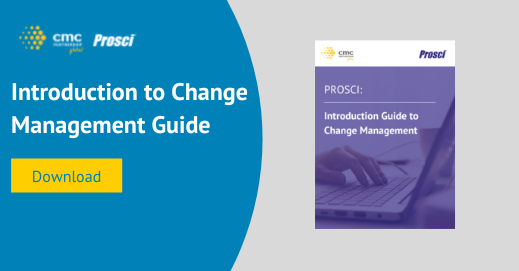According to Gartner’s 2020 Annual CEO Survey in 2020, over 80% of the CEOs said they have an ongoing digital transformation programme to digitalise the way their organisation function.
If your organisation is in the midst of digital transformation, you cannot help but hear many buzzwords and jargon that are propagating in meeting rooms or conference halls. Observe the conversations/presentations/speeches around you. What do the content and messages tend to focus on?
Chances are, they revolve around these topics:
- Novel and fancy technologies
- Digital tools, AI, Blockchain, Robotics, AR/VR, IOTs etc.
- Case studies of how these emerging technologies (might) have worked for some companies
- Speculating the potential benefits and promises of 'Going Digital'
- How transforming the business digital could provide the organisation a significant market advantage.
While it is important to study and discuss such matters in a strategic review, many businesspeople, in their nature of being practical and agile, often take mental shortcuts and jump to conclusions (and decisions) based on careless thinking patterns. For instance, they may overlook the fact that case studies illustrate utility in very specific context(s). Expecting similar results based on the implementation of the same technology(ies) but in different circumstances and conditions (of a different organisation) is illogical.
There is also a question of authenticity. It is easy to trust people and what they say simply because they come with strong personal and corporate branding. However, to be evidence-based, we should ensure that the case studies we come across are from verifiable and auditable sources. A strategy based on falsehoods is likely ineffective and definitely dangerous, digitally driven or not.
What baffles me further is how most digital strategy starts and continues to focus heavily on technology rather than the people who would be using them. Majority of the people, most impacted and by extension most vital to the success of these initiatives, have little to no meaningful input about the digital strategy until it is too late. If we look at the critical drivers that make up a successful digital strategy, it becomes blatantly apparent why most digital transformations fail.
If we study the few successful digital transformation across the world (e.g. DBS bank in Singapore), you’ll see that they have changed (though not in the same form) structurally on most of these factors:
- A new, viable, and sustainable business model
- New ways of working (Reimagined)
- Team Structure (Network based) suitable for digital working
- Facilitating Talent flow in your workforce
- Connected experience
- Digital Culture (Enabling artefacts and mechanisms)
- Digital Enablement
- Digital Leadership
- Digital Glue: Change Management
Download: Introduction to Change Management Guide
Do you realize how every one of the critical drivers depends on people - employees, managers, leaders, partners, customers, beneficiaries etc – and how they tap on our sanctity of life?
Technologies are inherently agnostic and amoral. In other words, they lack the sentient ability to determine what is truly valuable and beneficial. People are ultimately different from machines because of our humanistic ability to feel and think for not only ourselves but one another. It's not perfect (yes, there are sociopaths) but the best of us can design and implement social mechanisms to ensure the changes we make are not only beneficial but more importantly ethical and fair.
Obsessed or constrained by the numbers game, organisational change makers, both at the decisional and executional levels, give a disproportionate amount of oxygen to the technical side of change and have little patience to deal with the people side.
As our computers become increasingly more capable and intelligent, humans have also started to automate more and more of our decision-making away. If the accuracy level is precise, there are certainly lots of benefits in doing so as the reduced workload frees up our cognitive capacity to focus on more pressing matters. One example is how AI is increasingly being utilised, in place of radiologists, to analyse anomalies in X-rays. Whilst most of the emerging technologies are enabling new possibilities, they are far from perfection and come with challenges of their own. We must be cautious against allowing technology to become a dangerously reductionist ideology. There are benefits to be reaped but most of the problems we faced are too complex to be resolved by technology alone. More importantly, we should first ask who are the beneficiaries? Are the benefits going only to a privileged few and discriminates against all others? Do the outcomes outweigh the costs?
To start our digital approach right, we need to leverage the diversity and maintain the collective authenticity of our people. Diversity and Authenticity are not simply about balancing the mix of people based on specific social metrics or allowing people to speak without filters or responsibility. It is about enabling everyone with the right to speak and to "stand up for the ideas that are consistent with their ideals" (as Adam Grant puts it).
All in all, a digital strategy works only if we have accurately evaluated the context and capabilities unique to our organisation, devised a viable business model with scalable potential, that would be enabled by disruptive technologies adopted by the people. To create real value and achieve disruptive innovation across products and processes, there are many fronts that need to be evaluated, redesigned, tested and adjusted until they worked together. Success cannot be achieved without hearing the voice of your customers via your front-line employees. Neither can we ignore the constraints and challenges of the Business-As-Usual (BAU) that people managers face daily. The biggest mistake we can make is to miss out on engaging the right people and asking them the right questions.


